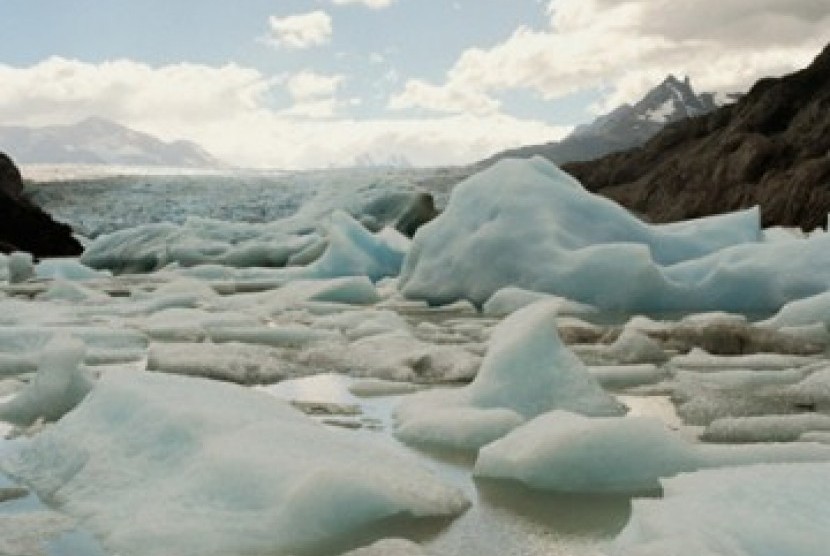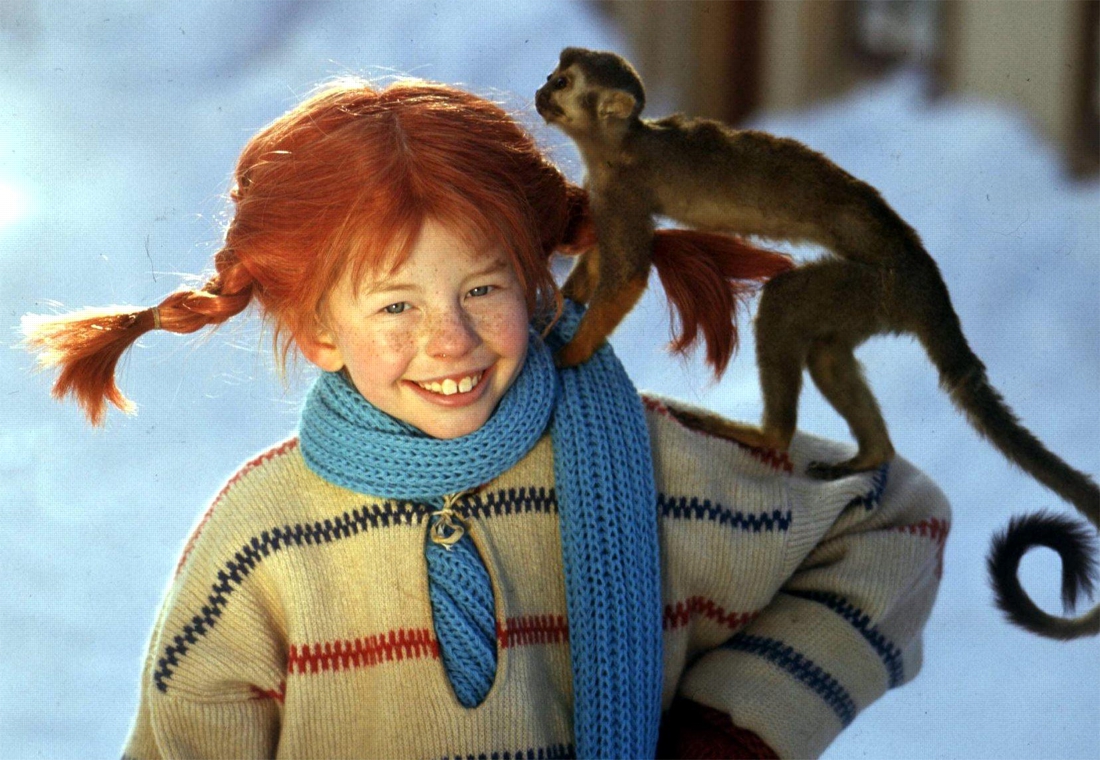The cryosphere is one of the most sensitive climate indicators.
REPUBLIKA.CO.ID, JAKARTA — Earth is losing ice at a rapid rate every year. The lost ice is a frozen area the size of Lake Superior that melts every year.
The new study finds that the planet has lost about 33,000 square miles (87,000 square kilometers) of ice cover every year since 1979. The collective ice on the planet is known as the cryosphere. The research was led by Xiaoqing Peng, a geographer at Lanzhou University in China.
“The cryosphere is one of the most sensitive climate indicators and the first to indicate a changing world,” Peng said in a statement. Space, Tuesday (6/7).
The researchers collected data on snow cover, sea ice extent and frozen ground, which included the extent of ice sheets in the polar regions. Many measurements are made by satellite and collected by the National Snow and Ice Data Center (NSIDC).
For snow cover, the researchers used snow depth data from the European Center for Medium-Term Weather Forecast. They then validated this data set by comparing the figures with data from 28,000 local weather stations around the world.
The researchers found the northern hemisphere predominating, with coverage shrinking by 39,300 square miles (102,000 sq km) per year. This ice loss was offset slightly by a smaller increase in the Southern Hemisphere’s 5,400 square miles (14,000 sq km).
Much of that rise is in sea ice in the Ross Sea in Antarctica, which is likely growing due to freshwater runoff from the continent. This can change ocean current patterns in complex ways.
The researchers also found evidence of a shorter winter season each year. The first freeze of winter now occurs on average 3.6 days later than in 1979. The first thaw of spring occurs 5.7 days earlier.
The cryosphere contains three-quarters of the world’s fresh water. The loss of ice is affecting water supplies in many mountainous areas that depend on snowmelt each spring to fill rivers and reservoirs. The researchers next want to use global cryospheric data to study how changing ice is changing ecosystems.
Glaciologists at the University of Calgary in Canada who were not involved in the study said they also wanted to use the data to compare peak brightness with long-term changes in climate and seasons. Bright white snow and ice reflect sunlight off the Earth’s surface, helping to cool it. When melt exposes darker soils that absorb heat more easily, it can exacerbate warming.
“This kind of analysis is a great idea for a global index or indicator of climate change,” Marshall said.
– .


